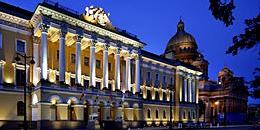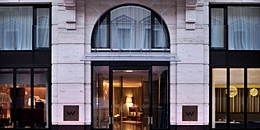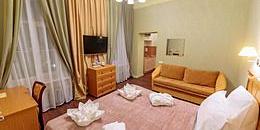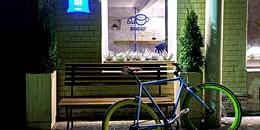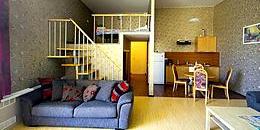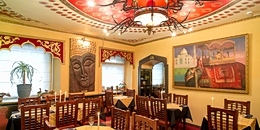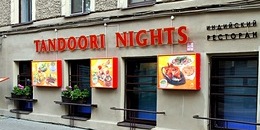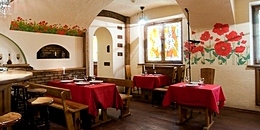Monuments in the Alexander Garden
The Alexander Garden was opened in 1874, and soon became hugely popular with locals, with contemporary reports confirming that an empty bench was a rarity. In 1880, the St. Petersburg City Duma decided to further decorate the garden with busts of famous men of science and literature.
The list of candidates for the honour was long and hotly debated, among them Saints Cyril and Methodius, the "apostles to the Slavs" who established the first Russian alphabet, the 11th century chronicler Nestor, the poets Gavrila Derzhavin and Nikolay Karamzin, and the polymath Mikhail Lomonosov. Eventually, preference was given to the poets Mikhail Lermontov and Vasiliy Zhukovskiy, the author Nikolai Gogol, the composer Mikhail Glinka, and the explorer and naturalist Nikolay Przhevalskiy.
The first bust to be completed was that of Zhukovskiy by the sculptor Vasiliy Kreytan, unveiled in the eastern part of the garden on the centenary of the poet's birth in 1887. Zhukovskiy had been close to the Imperial family and a tutor to the young Alexander II. Engraved on his pedestal are his famous words: "Poetry is a god in the sacred dreams of the earth."
The next to appear, in 1892 at the garden's western end, was Ivan Shreder's bronze bust of the explorer Nikolay Przhevalskiy, with a pediment in the form of a granite cliff-face at the base of which lies a camel. Even more striking, however, is Przhevaskiy's unfortunate resemblance to Stalin. By the turn of the century, around the fountain in the centre of the garden, busts of Gogol and Lermontov (also by Kreytan), and Vladimir Pashchenko's bust of Glinka had also been erected. For symmetry, a fourth bust, of the literary critic Vissarion Belinsky, should have been installed but never completed. It was only a century later, in 1997, that the empty corner was eventually filled with a bust of the great 19th century diplomat and statesman Alexander Gorchakov.
Elsewhere in the Alexander Garden can be found copies of the famous ancient sculptures the Farnese Hercules and the Farnese Flora (brought there from the Tauride Palace) and a memorial plaque indicating the first tram line opened in St. Petersburg.
| Metro: | Admiralteyskaya |
|---|---|
| Getting there: | From the metro, turn left then left again onto Malay Morskaya Ulitsa. Walk to the next crossroads and turn right. You will see the garden in front of you. |
| What's nearby? | Admiralty, St. Isaac's Cathedral, Nevsky Prospekt, Palace Square (Dvortsovaya Ploshchad), Bronze Horseman |







